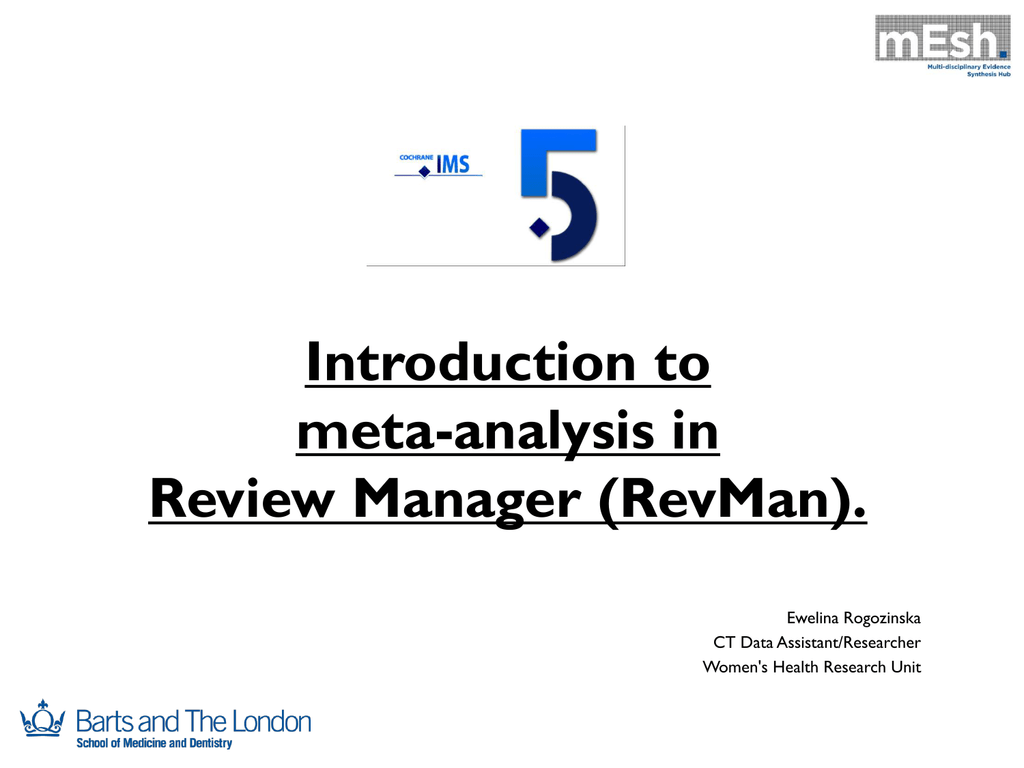

The group is limited to 6-10 people, and a moderator is assigned to moderate the ongoing discussion.ĭepending on the data which is sorted, the members of a group may have something in common. Focus groups: This is done in a group discussion setting. Mostly the open-ended questions are asked spontaneously, with the interviewer letting the flow of the interview dictate the questions to be asked.Ģ. The interview may be informal and unstructured – conversational. The interviewer or the researcher collects data directly from the interviewee on a one-to-one basis. One-to-One Interviews: It is one of the most commonly used data collection instruments for qualitative research, mainly because of its personal approach. Here are the qualitative data collection methods:ġ. Since the qualitative data cannot be measured, researchers prefer methods or data collection tools that are structured to a limited extent. Qualitative data collection methods are mainly focused on gaining insights, reasoning, and motivations hence they go deeper in terms of research. Qualitative data collection is exploratory it involves in-depth analysis and research. Qualitative Data Collection Methods – Types of Qualitative Data It helps the market researchers understand the language their consumers speak and deal with the problem effectively and efficiently. In quantitative data, these perceptions and emotions are documented. Qualitative data is about the emotions or perceptions of people, what they feel. Qualitative data provides the means by which observers can quantify the world around them.įor a market researcher, collecting qualitative data helps in answering questions like, who their customers are, what issues or problems they are facing, and where do they need to focus their attention, so problems or issues are resolved. It allows the statistician or the researchers to form parameters through which larger data sets can be observed.

Qualitative data is important in determining the particular frequency of traits or characteristics.

Qualitative data does not include numbers in its definition of traits, whereas quantitative data is all about numbers. It’s pretty easy to understand the difference between qualitative and quantitative data. If the teacher gives feedback based on fluency, intonation, throw of words, clarity in pronunciation without giving a grade to the child, this is considered as an example of qualitative data. A teacher who is listening to the reading gives feedback on how the child read that paragraph. Qualitative data is also called categorical data since this data can be grouped according to categories.įor example, think of a student reading a paragraph from a book during one of the class sessions. Qualitative data in statistics is also known as categorical data – data that can be arranged categorically based on the attributes and properties of a thing or a phenomenon. This type of data is collected through methods of observations, one-to-one interviews, conducting focus groups, and similar methods. This data type is non-numerical in nature. Qualitative data can be observed and recorded. Qualitative data is defined as the data that approximates and characterizes.

Qualitative Data Collection Methods – Types of Qualitative Data.


 0 kommentar(er)
0 kommentar(er)
